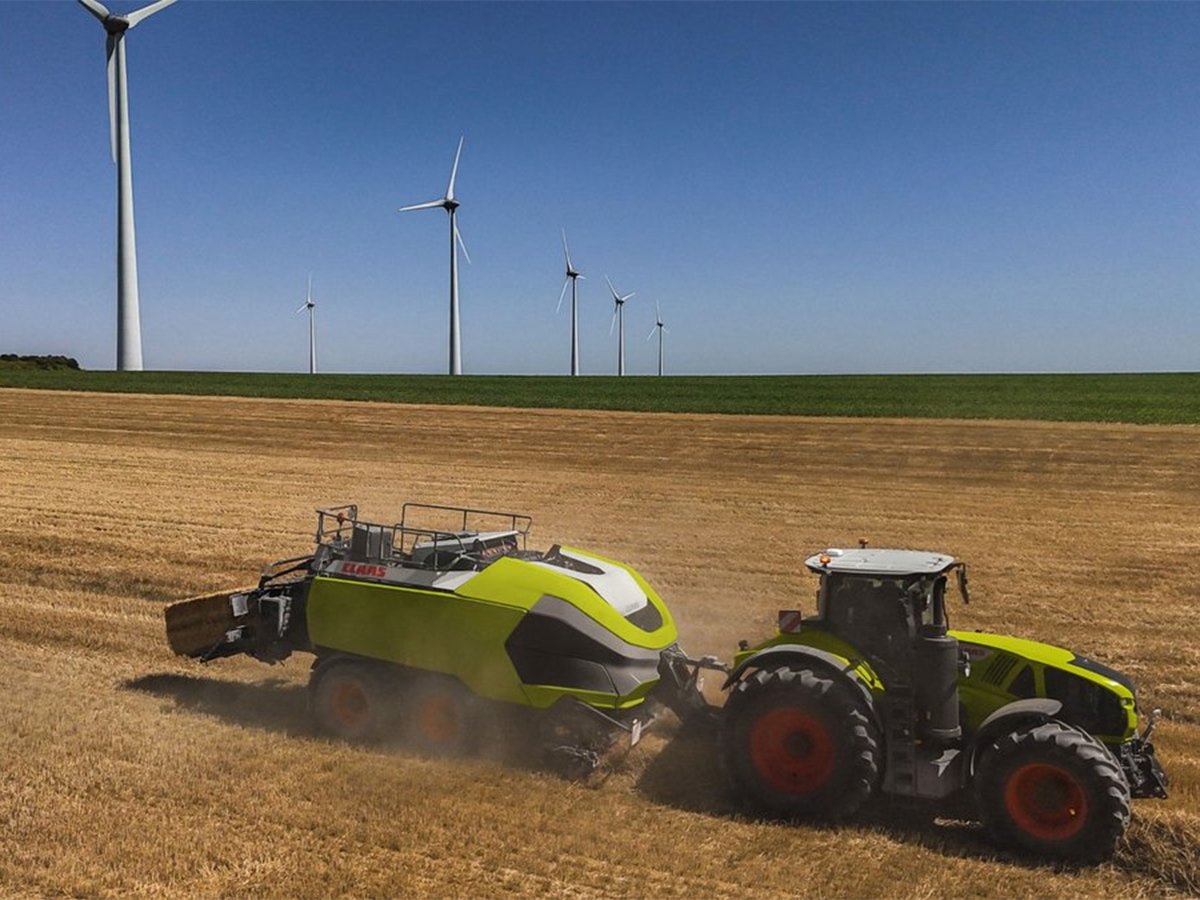CLARESHOLM, Alta. – Dry conditions are forcing farmers to make hard decisions this year.
Now is the time to examine the farm’s balance sheet and find financial options, says a tax specialist.
“If you are going to stay in the industry, how can you adjust to stay in?” Merle Good of Alberta Agriculture asked a producer drought meeting in Claresholm June 16.
Producers must determine whether there is cash available to buy feed and how many cows must go to market.
Those who need to refinance should do it soon, he added. For those who have been dry for the last year, decisions must be made in the next six weeks.
Read Also

Machinery automation runs through 2025 Agritechnica innovation awards
Computer vision and AI processing for farm machinery show up many times in Agritechnica’s 2025 innovation award winners.
Alberta is experiencing variable dry conditions from Lac La Biche in the northeast across to the Peace District and into the central and southern growing regions.
It could be worse than the last drought of 2002 and some producers may decide to quit.
“If you want to stay in business, I strongly recommend no matter how much capital you have, you have got to have a hard look at your operating lines of credit,” Good said.
Drought is hammering many of the world’s major grain growing areas, he added, so producers shouldn’t expect cheap grain or forage this year.
Forage will be in short supply in Western Canada because a cold spring delayed pastures and hay growth. Good said producers won’t be able to find a good supply close to Alberta that will be worth buying.
“The 2009 forage situation is worse than 2002,” he said.
Cow prices are in the low 40 cent range and prices will fall as more are shipped.
Auctions want to know how many cows are coming because some are receiving more than they can comfortably handle.
Alberta has 1.85 million cows, which is 100,000 fewer than 2002. Cow kills are around 7,000 per week. The bottom third should already be selected so the population will continue to drop.
“We got rid of a bunch of cows in 2002 and we will get rid of a bunch in 2009,” Good said.
The price of calves and fat cattle this fall will be a bigger problem. Calves have not been above $1 since 2006, which further pressures cash flow.
The break-even price is 85 cents per pound if barley is $4.50 per bushel and silage is $60 per tonne, but the futures market for finished cattle doesn’t seem likely to rise above 86 cents because of the strengthening Canadian dollar.
Wheat and barley crops can still recover if rain falls by the end of June, which would also drop feed prices.
“You have to take this in perspective and look at your own operation,” Good said.
Options exist to get cash through federal and provincial programs.
The federal tax deferral program allowed farmers who sold 15 to 30 percent of their breeding herd to defer 30 percent of the revenue to the following year. Ninety percent of sales can be deferred if the herd was reduced by more than 30 percent.
Alberta Financial Services Corp. handles farm loans, safety nets and insurance programs. Neal Besplug, a loan officer with AFSC, said calls are already coming in to discuss options.
Alberta’s farm loan program can lend up to 80 percent of assets pledged for security. A producer can borrow up to $5 million for a 20 year term depending on the assets. Longer terms are provided if land is the security rather than equipment. Interest rates are posted every Monday.
Disaster assistance loans allow up to $1 million to be borrowed with interest at five percent for a maximum term of 10 years. It can cover disasters or when market prices drop below 30 percent of a long-term average.
For loan information, call 800-396-0215.
Hay insurance had to be purchased in February, but it can offer eligible producers protection when yields fall below what is normally expected. It covers production losses on hay that is baled and reported to crop insurance.
Producers who decide not to cut the hay but graze it instead should notify the insurer five days before this is done to make a claim. People are already doing this because long-term outlooks are not good.
Hay losses are difficult to assess at this time of year because the grass could regrow if the drought breaks.
Moisture deficiency insurance is also available.
If losses continue this year, producers can expect money from the AgriStability program, said Ed Van Dellen of AFSC.
Producers who know they will suffer a loss can file an interim application on estimated losses or wait to file a final claim.
“If you are a corporation and you have a year end that is not Dec. 31 but earlier in the year, those corporations might want to get on the ball right now and start filing to AgriStability and get some relief from that rather than wait,” Good said.
The interim claim will trigger a 50 percent payment for the estimated losses, but producers may have to repay the claim when the final application is reviewed if the situation changes for the better.
“This is one of the risks of doing an interim. It is a stab in the dark,” he said.
Producers need to complete the 2008 claim before applying for a 2009 payment.
Good urged producers to file early because the first applications to appear are handled first.















